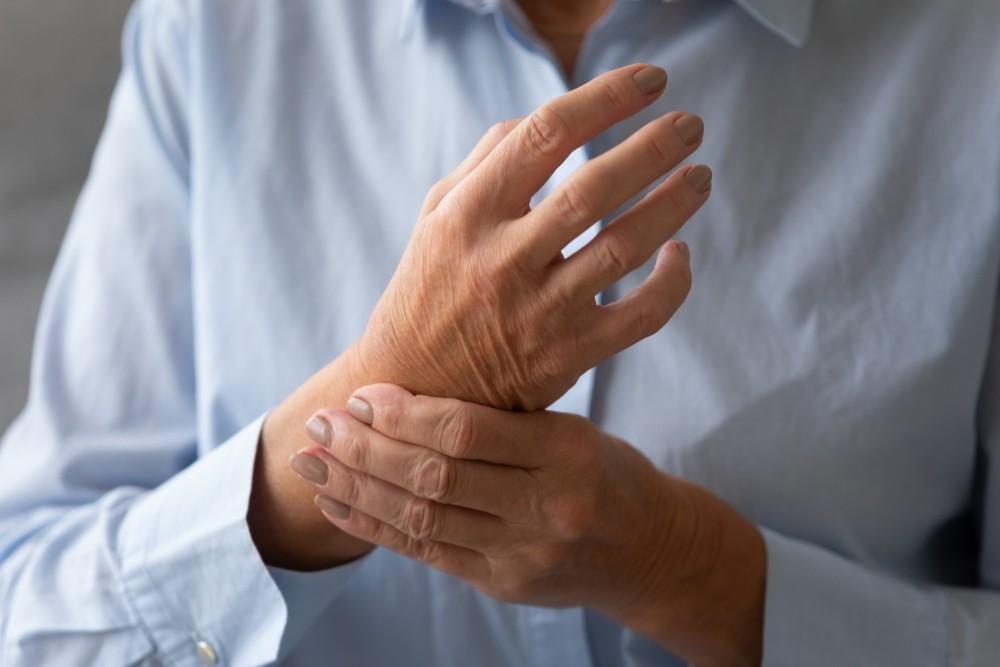Finding Relief: How PRP Therapy Revolutionizes Joint Pain Treatment
More than 54 million people in the United States report joint pain because of arthritis, which doesn’t include the millions more who experience joint pain due to injury or other diseases. What these statistics illustrate is that joint pain is extremely common, and experts predict that the numbers will only grow as our population ages.
The problem with joint pain is that treatments tend to only address the symptoms, rather than the underlying cause. But all of that is changing with regenerative medicine, which aims to rebuild and repair the damaged tissues inside your joints.
At Tadje Orthopaedics, under the expert direction of Jared Tadje, MD, our team understands the frustration that comes with joint pain, which can limit your life in significant ways. While we can provide relief through spot medications, we prefer to help your connective tissues rebuild and repair for meaningful and long-lasting relief. To do this, we rely on platelet-rich plasma (PRP) therapy, which is revolutionizing the way we address joint pain.
The Power of Platelets
Your blood contains four ingredients:
1. Red blood cells
2. White blood cells
3. Platelets
4. Plasma
Your platelets’ primary responsibility is to clot your blood so that you don’t bleed out when you’re injured. But the role of your platelets doesn’t end there. With the flow of blood halted, your platelets then release growth factors at the site of the damage to facilitate healing and repair.
These growth factors stimulate cellular growth and healing by sending out signals that call upon your body’s natural healing resources, such as proteins and stem cells. By creating this call-to-action, your platelets play an important role in how well, and how quickly, you heal.
Tapping Your Platelets
The goal behind our PRP therapy is to amplify the call of your platelets when you have damaged connective tissues inside your joint. To do this, we draw a sample of your own blood and separate out the platelets in a special centrifuge. We then take this platelet concentrate, mix it back in with your plasma, and inject it into your damaged tissue.
Through PRP therapy, our goal is to create the ultimate healing environment so your joints can heal properly — on a cellular level.
The Platelet Timeline
Whether your joint pain stems from a degenerative disease like arthritis or because of an injury, our PRP therapy is equally effective. In most cases, our patients benefit from a series of PRP treatments, which we space apart to allow time for your body to initiate and continue the rebuilding and repair process.
As you progress through your PRP therapy, you should gradually realize your results as you regain pain-free mobility. At the same time as you undergo PRP therapy, we also work with you to strengthen the damaged joint through specialized exercises.
If you’d like to explore how our PRP therapy may hold the key to your joint pain, contact our office in Meridian, Idaho, to set up an appointment.

